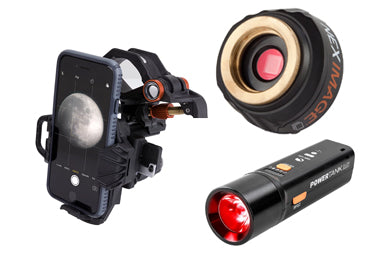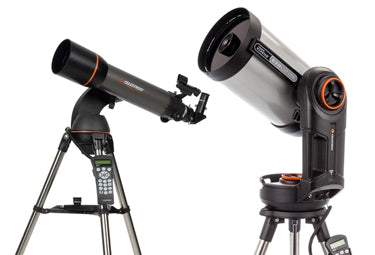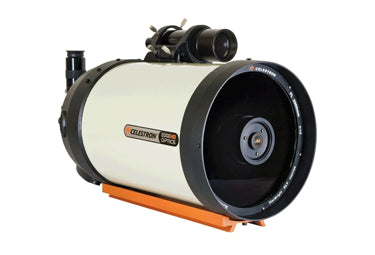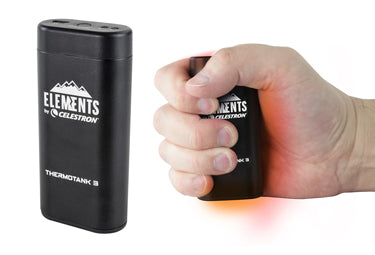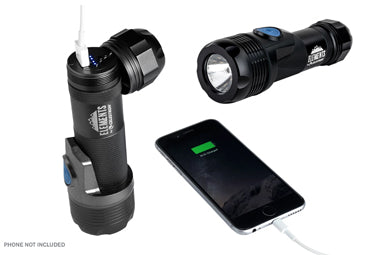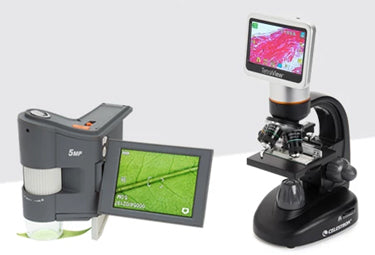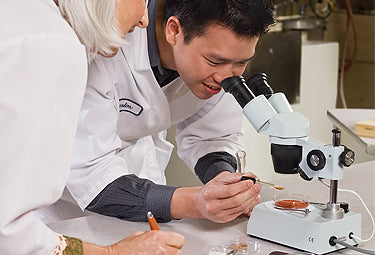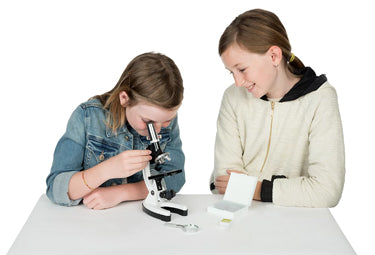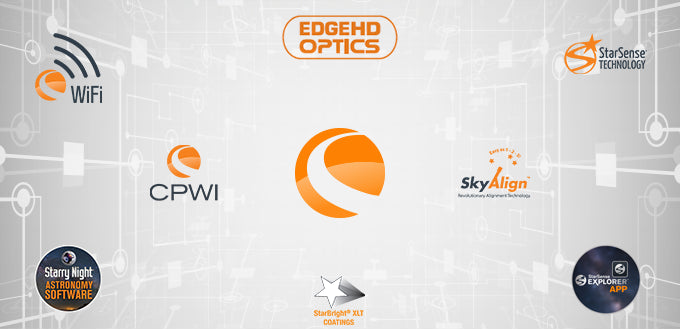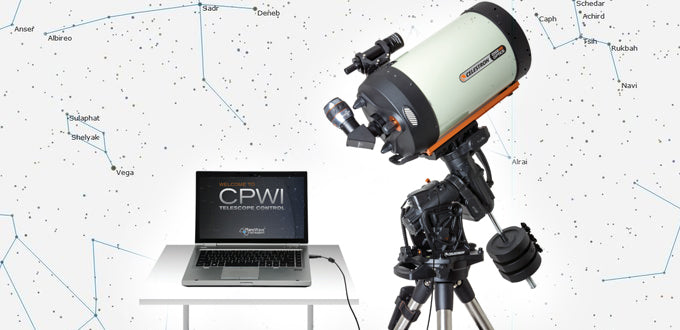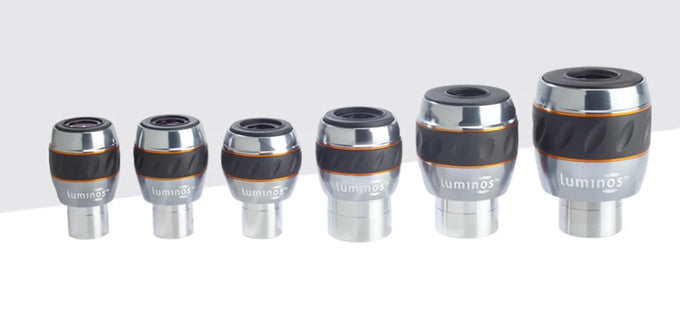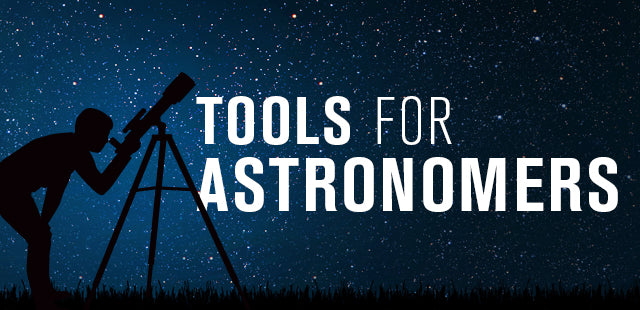What is back focus? What problems does it cause for visual and photographic use of my scope? What are related focus issues?
May 7, 2009
Back focus is the distance from the end of your eyepiece drawtube to the focal plane of your telescope. It varies greatly depending on the type of telescope:
- Schmidt-Cassegrain telescopes (SCTs) typically have generous back focus distances of approximately 5 in. Similarly, Maksutov-Cassegrains (Maks) also have large back focus distances.
- Newtonian reflectors have much smaller back focus distances, sometimes as little as 1-2 in.
- Refractors usually have large back focus distances; their long drawtubes can travel well inside focus, too.
Back focus directly impacts your ability to use accessories with your telescope. With limited back focus, you may not be able to use Barlows, focal reducers, binoviewers, SLRs, and 2 in eyepieces. The design most heavily impacted is the Newtonian due to its short back focus; the only two possible fixes are to move the mirror and its cell up in the tube and/or get a low-profile eyepiece focuser.
Combining accessories can also cause back focus problems. Focal reducers also reduce back focus and, when used for prime-focus photography with an SLR, there may not be enough back focus left to accommodate the approximately 50mm needed for the camera body. This is true even with an SCT's long back focus distance. The M42 Spacer Kit can adjust back-focus between your camera and telescope for the best astroimaging results.
For refractors, a related issue is back travel. Many refractors won’t work straight-through with eyepieces or small cameras at infinity because the drawtube won’t extend that far. A solution that works is to use extension tubes, such as a star diagonal--it acts as a drawtube extension.
Another situation you may encounter is focal plane access when combining various accessories. As one example, some 2 in diagonals won’t achieve focus when used with short-focal length 1.25 in eyepieces because the focal plane is buried too far down in the big diagonal, out of reach of the small eyepiece. Here you’ll have to try another combination - switch from a 2 in to a smaller 1.25 in diagonal to get a focus.

